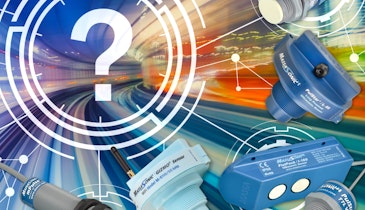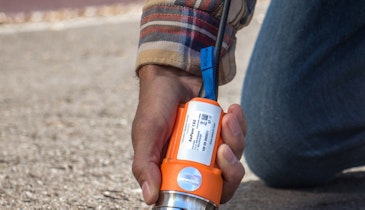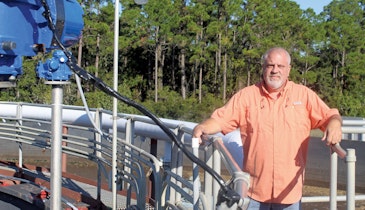
Reliability is a key component in any desirable product. In fact, reliability combined with performance, quality, accuracy and cost considered together are what allow one to determine the overall value of a product. This drives decisions. Therefore identifying what makes a product reliable, along with understanding how the environment and reliability of a product are related, is critical.
This paper discusses the reliability of ultrasonics used in chemical level sensing. More specifically it focuses on how a reliable transducer is the driving factor in a long lasting, well-performing ultrasonic sensor. Ultrasonics can be chosen and employed much more effectively in a variety of environments, including turbulent water and wastewater, or the chemicals used with processing — even those once believed to be incompatible with the technology. Ultrasonics, in fact, can be optimal technology across a broad range of process industries from paper mills to semiconductor fabs to agricultural chemicals.
By understanding what features in the ultrasonic design of the transducer and the sensor influence sensor reliability when used in/with chemicals, ultimate performance results can be achieved. Ultrasonic sensors are a very cost-effective solution for level measurement, and recognizing how to choose the most reliable products allows control over the desired outcome, lowers cost of ownership, and may minimize the need for more expensive technologies.
Download the white paper and visit massa.com to learn more.
Download White Paper




